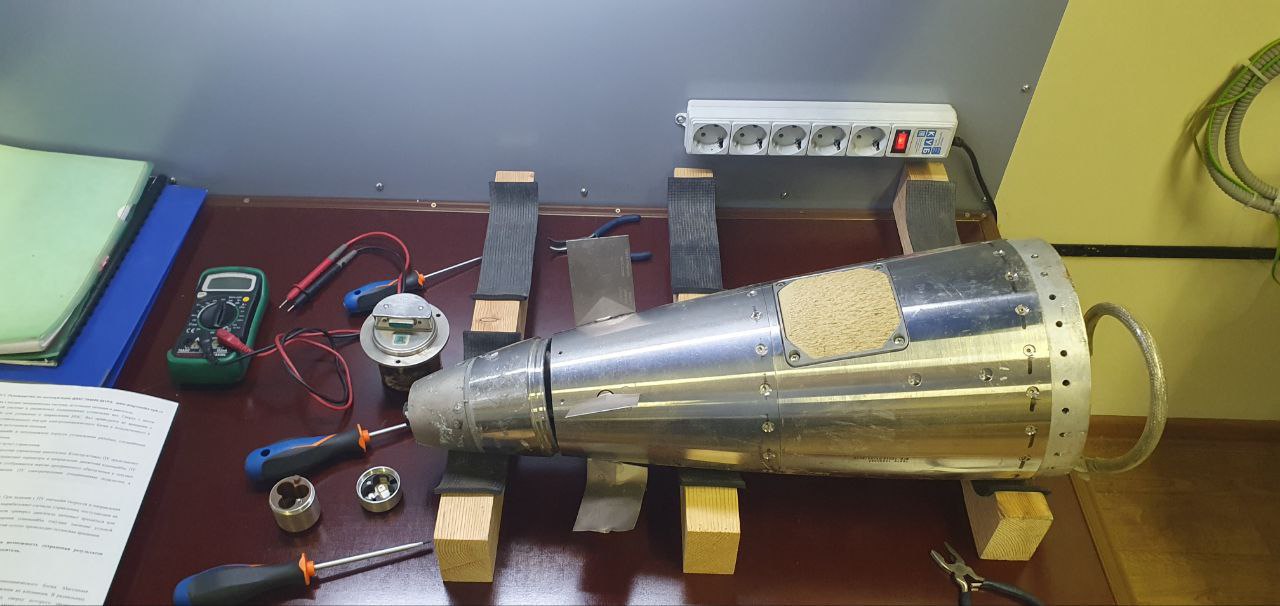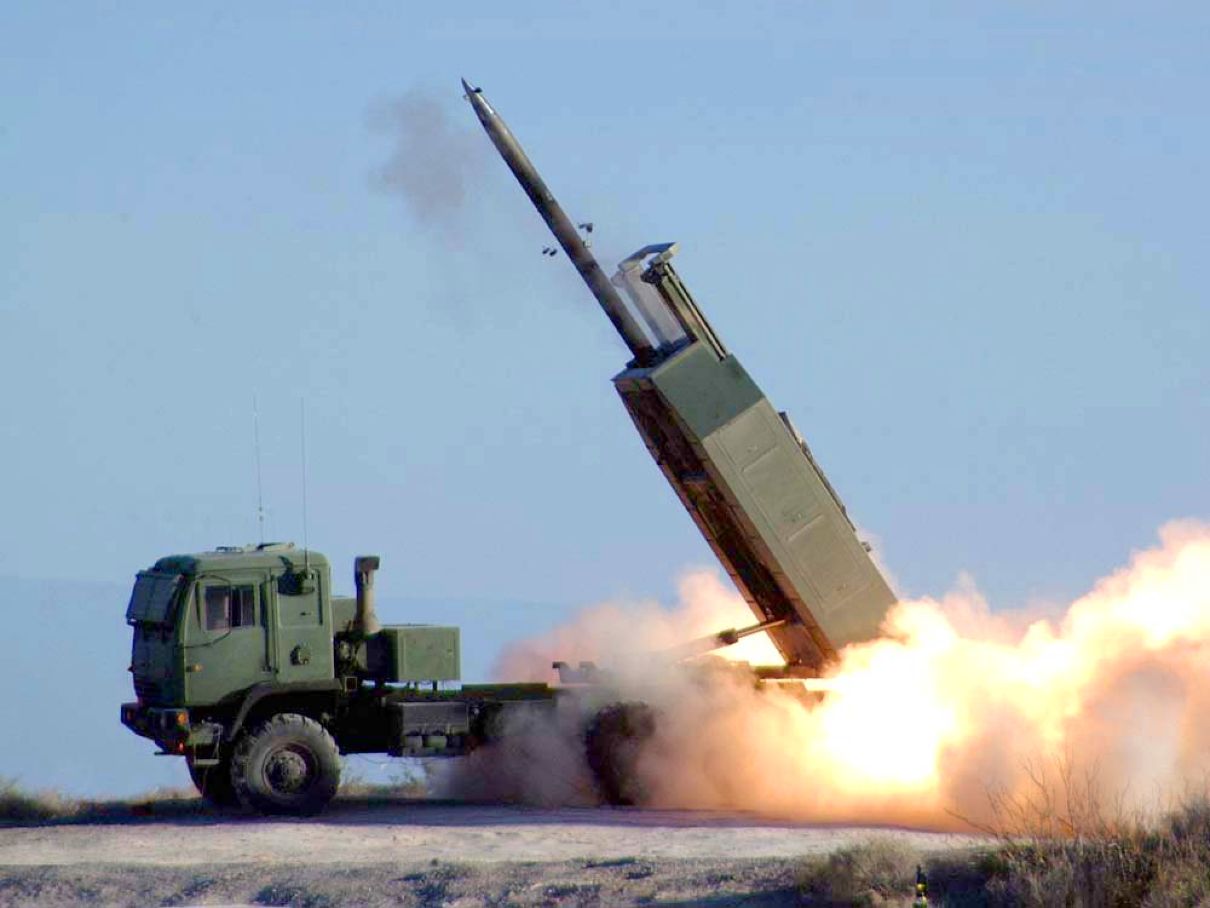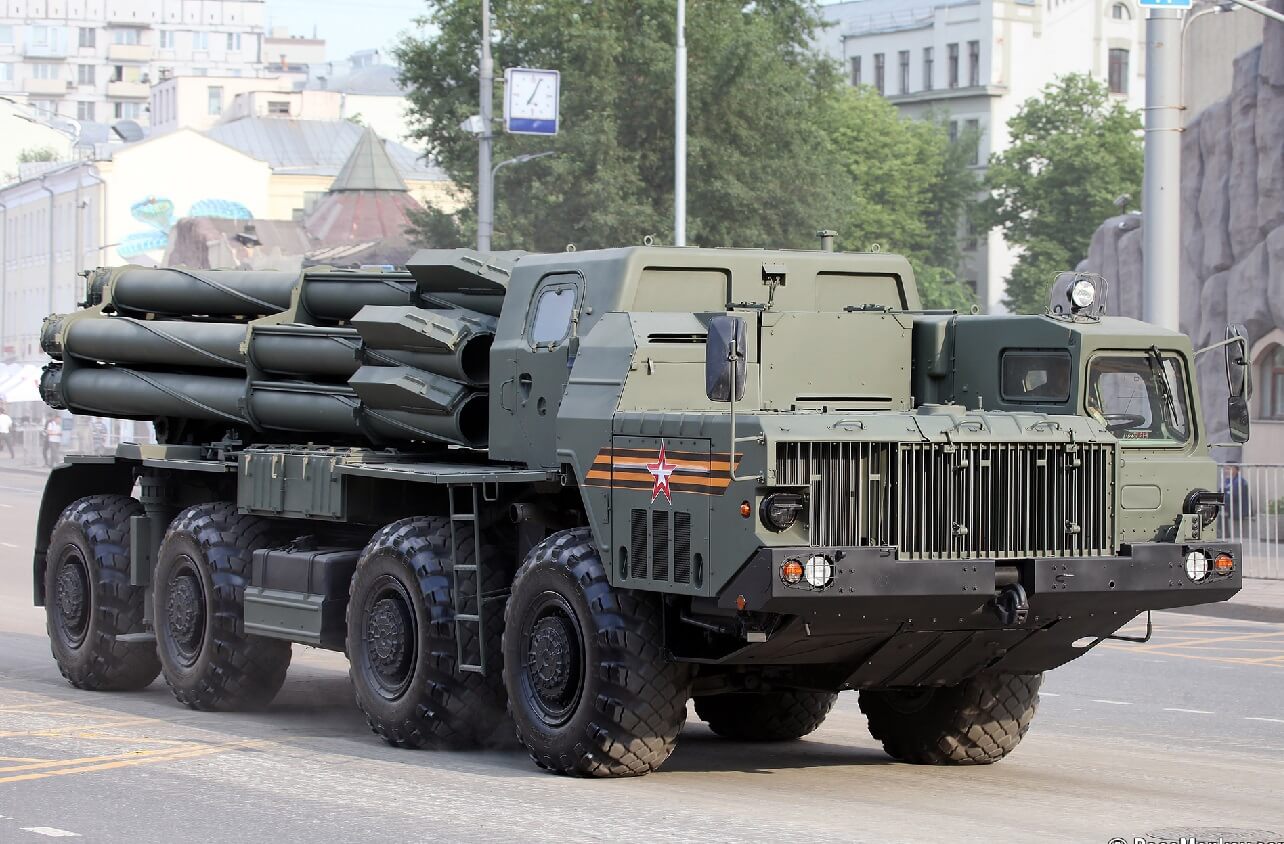The United States Army has awarded Lockheed Martin a $431 million contract to produce M142 High Mobility Artillery Rocket System launchers at full capacity to rapidly replenish the inventories of the United States and its allies.
Russia Is Firing 20,000 Artillery Rounds Per Day; Moscow Is Burning Its Amno Faster Than It Can Produce Them — US
However, new Russian claims suggest that the ‘game changer’ HIMARS could soon lose its sheen.
The HIMARS started arriving in Ukraine in the summer and have turned the tide of the war in Kyiv’s favor ever since, earning the reputation of a ‘game changer’ in the ongoing conflict.
The US has reportedly supplied about 20 units of the system to Kyiv, with more in the pipeline. However, the invading Russian forces have found a way around these lethal Ukrainian systems.
A Russian air defense unit commander in the Zaporizhzhia region recently informed the local Russian media that the country’s air defense forces have received new software that allows them to shoot down HIMARS MLRS missiles “without difficulties.”
Russian air defense units received new software that makes it easy to shoot down HIMARS missiles, pic.twitter.com/3NVde10ADR
— /Spriter/ (@Spriter0000) December 2, 2022
In addition, the Director of the MGIMO Center for Military-Political Studies, Alexei Podberezkin, explained that to destroy the HIMARS rocket, which is fairly long, an air defense missile has to strike accurately at its warhead. Because HIMARS are fired at extremely long range, it’s essential to calculate their course accurately.
This is because minor errors in course calculation will cause the air defense missile, fired from very close to the intended target, to miss hitting the warhead. The software update allows the precise calculation, of course, so that the rocket warhead is struck.

If the Russian claims are anything to go by, the Russian troops would be encouraged with a better understanding of the HIMARS MLRS and better means to shoot down the incoming projectiles fired from the system.
Earlier, there were reports that Russia had captured an intact missile fired from HIMARS and was examining it. These claims are also significant as they come when Russia has gone on a missile-firing rampage on Ukraine’s energy targets.
Meanwhile, a Russian officer of the 1st army corps of the Donetsk region recently told Russian news agency RIA Novosti, “the intensity of the use of the MLRS HIMARS by the enemy has significantly decreased” following the onset of winter.
End Of HIMARS Havoc?
Indian Air Force veteran and military analyst Vijainder K Thakur told the EurAsian Times that the HIMARS Multiple Launch Rocket Systems are unsuitable for combat operations in the autumn and winter seasons in the East European region.
The expert, an avid Russia watcher, says that the defending Ukrainian troops were plagued with several issues due to the onset of winter and the sub-zero temperatures.
The Ukrainian Army is allegedly struggling with the loss of foliage as cover, the difficulty of building tracks in mud and snow, and the need for special fuel and lubricants, to name just a few.
Thakur elaborated that the limitations imposed on the Ukrainian HIMARS by the onset of winter have dented the ‘shoot and scoot’ capability of the system.
HIMARS launch rockets in rapid succession and then quickly hide behind foliage cover, such as in a nearby forest. The issue is that there is no greenery to hide beneath during the winter. This virtually leaves the weapon system exposed to the Russian troops.

Due to this, Russian drones, satellites, and airborne assets such as the Tu-214R can detect HIMARS more readily.
The Tu-214R is a Russian reconnaissance aircraft fitted with cutting-edge optical and electronic equipment and radar systems. The Russian Aerospace Forces allegedly deployed the aircraft in Syria in 2016. According to reports, the aircraft has been pressed into service against Ukraine.
Not just that, Russia has also accelerated satellite launches for navigation and to further its reconnaissance missions. On November 28, Russia added another piece to its GLONASS satellite navigation network.
GLONASS is the Russian equivalent of GPS. Going solely by these indicators, Russia may have focused its eye on defeating the HIMARS.
EurAsian Times reported in November that Russia had deployed its own Tornado-S Multiple Launch Rocket System (MLRS) to combat the HIMARS. Notably, the Tornado-S has a firing range of 120 kilometers as opposed to the 100 kilometers range of the Ukrainian HIMARS.

In addition, US M142 HIMARS can fire six GPS-guided 227mm rockets that can reach 80 kilometers and are accurate within five to ten meters. In contrast, the Russian 9A54 Tornado-S systems can fire twelve 300mm GLONASS-guided rockets at 120 kilometers with the same accuracy as HIMARS and have a three-minute reduced launch readiness time.
Due to the increased exposure of HIMARS to Russian reconnaissance and missiles, the HIMARS launch points have allegedly reduced now. Russia is believed to have deployed more reconnaissance drones, which can spot & recognize HIMARS tracks in mud and snow leading to the revelation of their current location.
Thakur backed his argument against HIMARS by saying that the US previously operated HIMARS in Afghanistan, Iraq, and Syria. The MLRS is adapted to sand and heat but is yet to operate in temperatures around -20 degrees Celsius, typical of Russian winters, which are exacerbated by wind chill from the forest-steppe zone.
On its part, the US is planning to make the HIMARS more lethal. The Pentagon is reportedly considering a proposal to supply Ukraine with a cheap, small, precision Ground-Launched Small Diameter Bomb (GLSDB) fitted onto abundantly available rockets, allowing Kyiv to strike far behind Russian lines.
The GLSDB is launched using a multiple-launch rocket system (MLRS), and the Ukrainian forces can use the bombs without extensive retraining or modification to their existing HIMARS MLRS.
- Contact the author at sakshi.tiwari9555 (at) gmail.com
- Follow EurAsian Times on Google News




